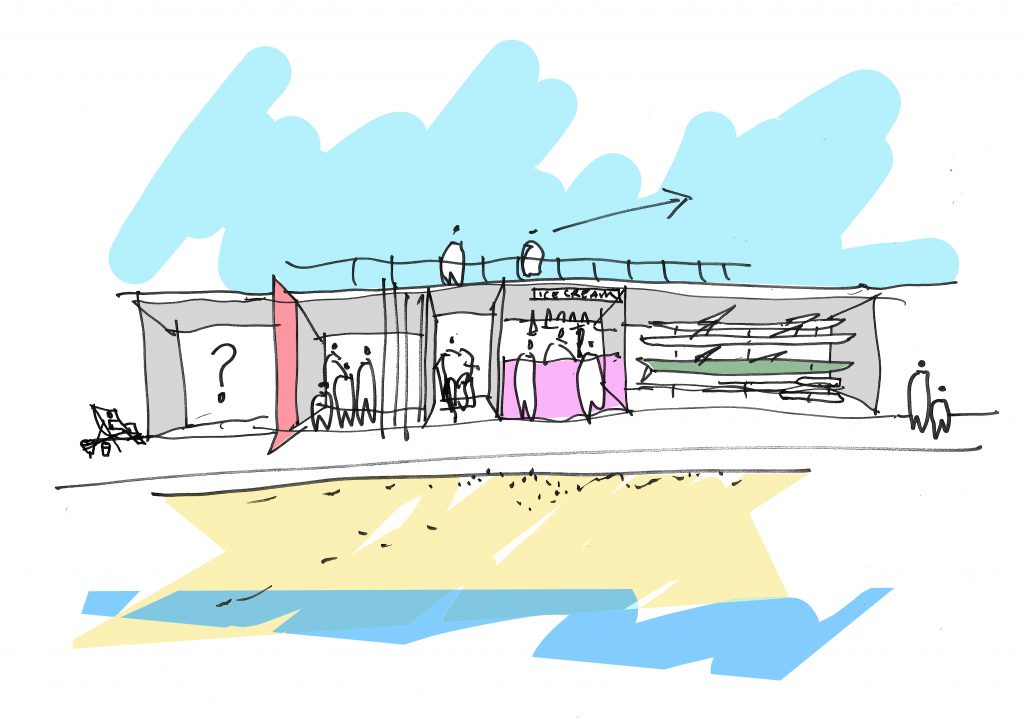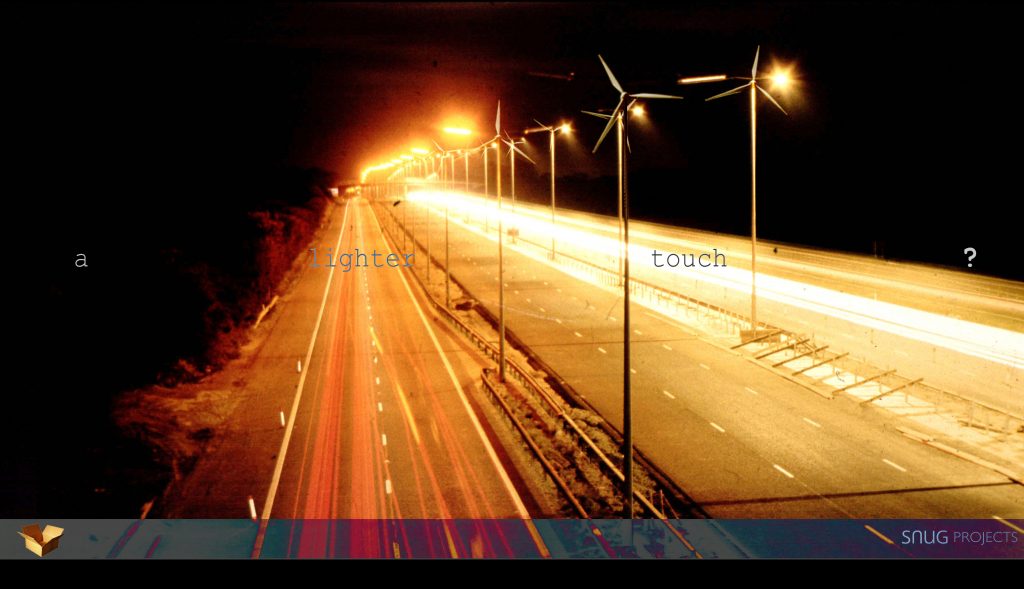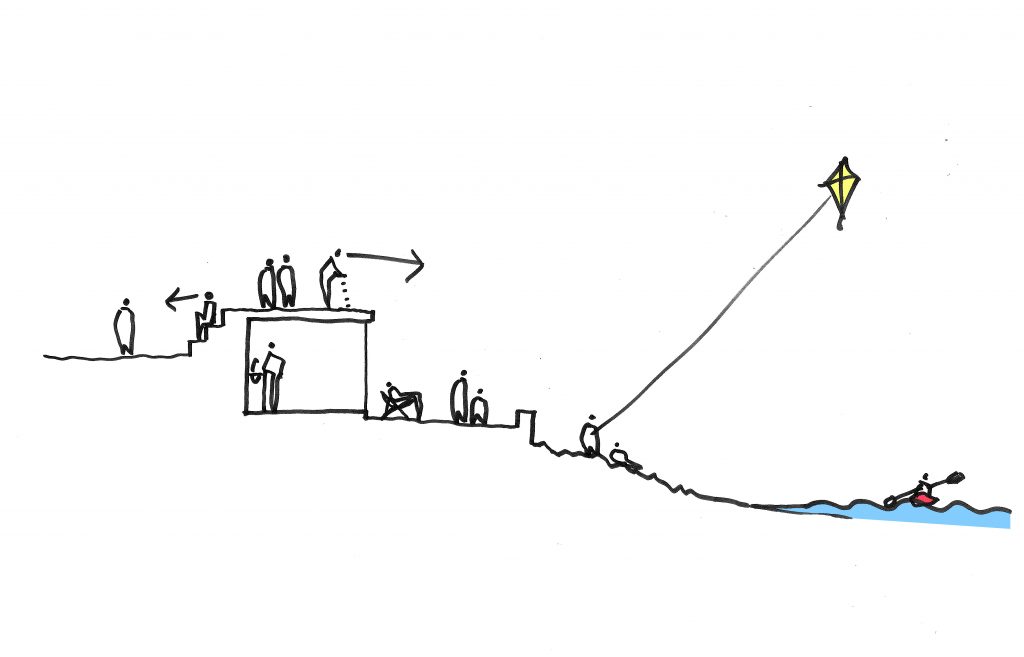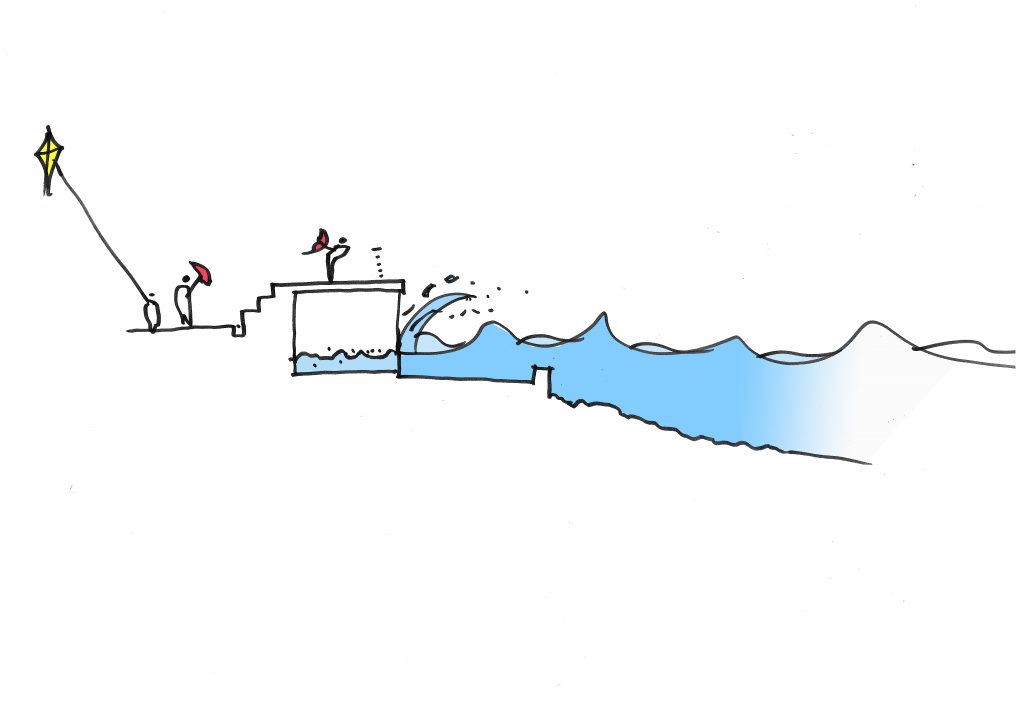Symbiotic design

Snug are starting a national debate on the merits of Symbiotic Design. This is about thinking outside the silo, exploring how multiple functions can be added to a project without compromising the primary function. The result can be significant added value at little or no added cost. It is an inherently sustainable approach to design that creates additional outcomes from what were single function solutions.
Our first application of this approach was our proposal for adding wind turbines to lamp posts. The lamp post already provides the support, the wiring and all the prelim costs of installation. All the wind turbines need is to borrow the existing infrastructure supplied by the lighting columns. The result is symbiotic infrastructure, a net gain at little or no extra cost or impact.

Our most recent applications of this ground breaking approach is in the design of symbiotic sea defences, a prototype applied and now delivered at our Milford-on-sea beach hut project. The concept is simple. Take the costs of essential infrastructure, normally a sea wall, and add value by inhabiting it. In this case we inhabit the wall by adding multiple uses in and around the essential concrete sea defence. In this instance concrete c-sections laid on their sides achieve a robust 1 in 200 year sea defence whilst also providing new beach huts within, and a promenade on the roof.

Symbiotic Sea Defences

99% - Beach huts, promenade, inhabitation

1% - Sea defences
The result is a liability transformed into an asset. A government grant transformed into the seed funding for a major waterfront rejuvenation. Traditionally the money spent on sea defences achieves one thing and one thing only, defence from the sea. It often comes at a high price, cutting people off from the waterfront and destroying the everyday due to fears about the 'one day'. Our approach ensures that the essential requirement of sea defence is not compromised. Instead it is added to with multiple additional uses being derived from the core ingredients of the project and at little additional cost. We believe this approach could create significant long term revenue for local authorities, leveraging government grants to create cultural and economic transformation of the seafront.
Symbiotic Design is all about thinking across silo's. Our inhabited sea defences recognise the all important necessity for robust sea defences. Delivering sea defences is not, however, seen as the end but instead becomes the beginning, the seed funding for wider urban regeneration. Secondary uses leverage the primary use in the same way as symbiote's do in nature. The result is significant added value and a more holistic and multidisciplinary approach to infrastructure design. We believe it is this approach that will deliver truly sustainable solutions in the future. It is time for cross silo thinking, it is time for Symbiotic Design!

